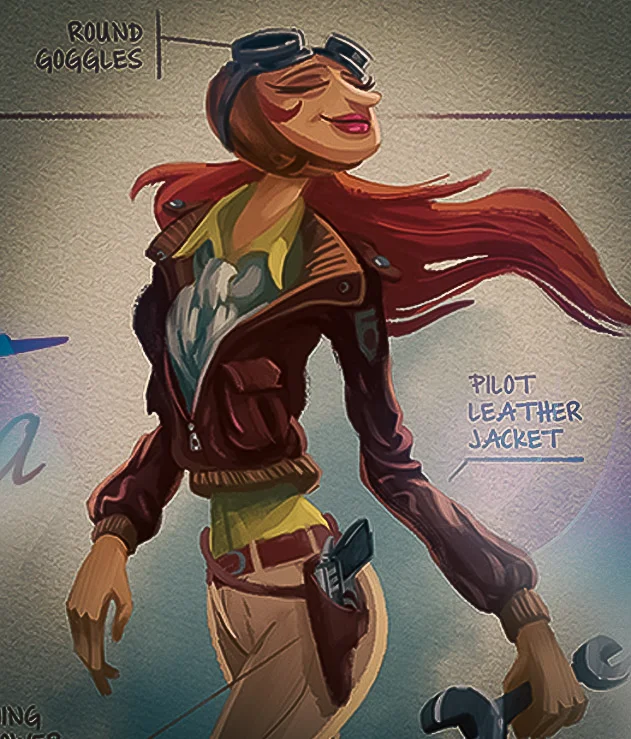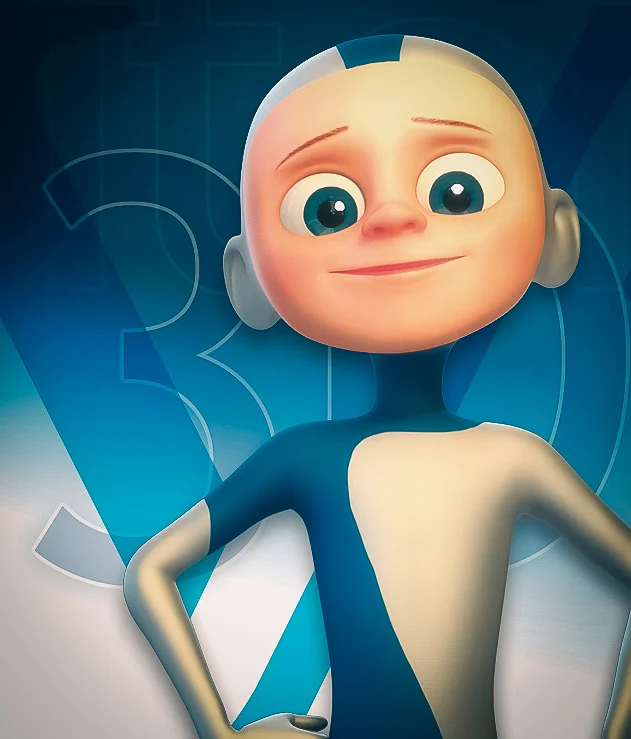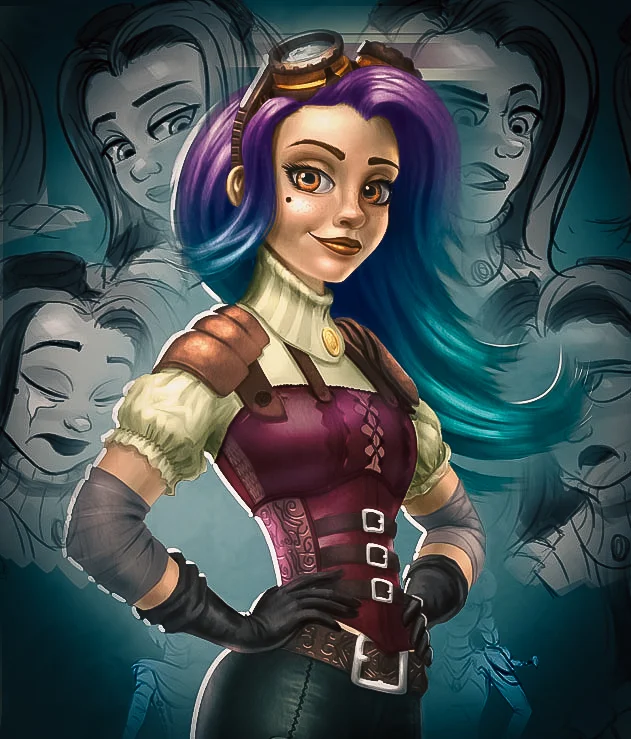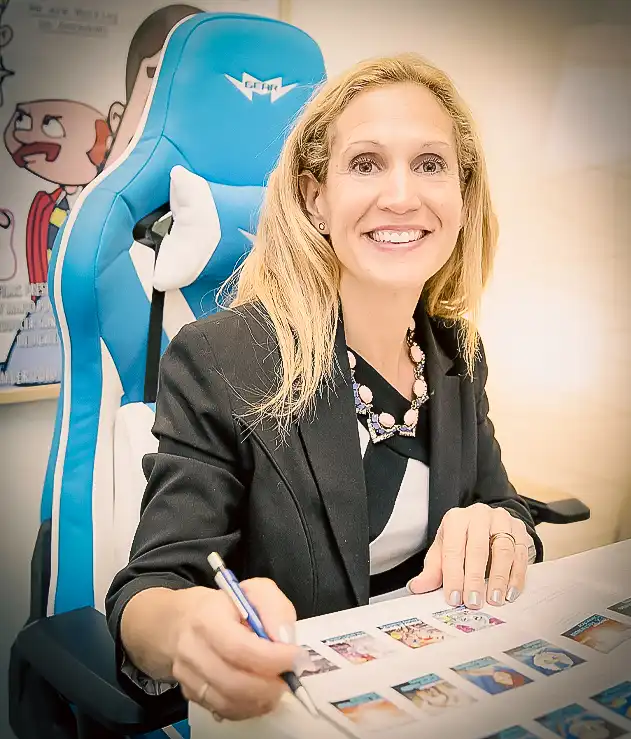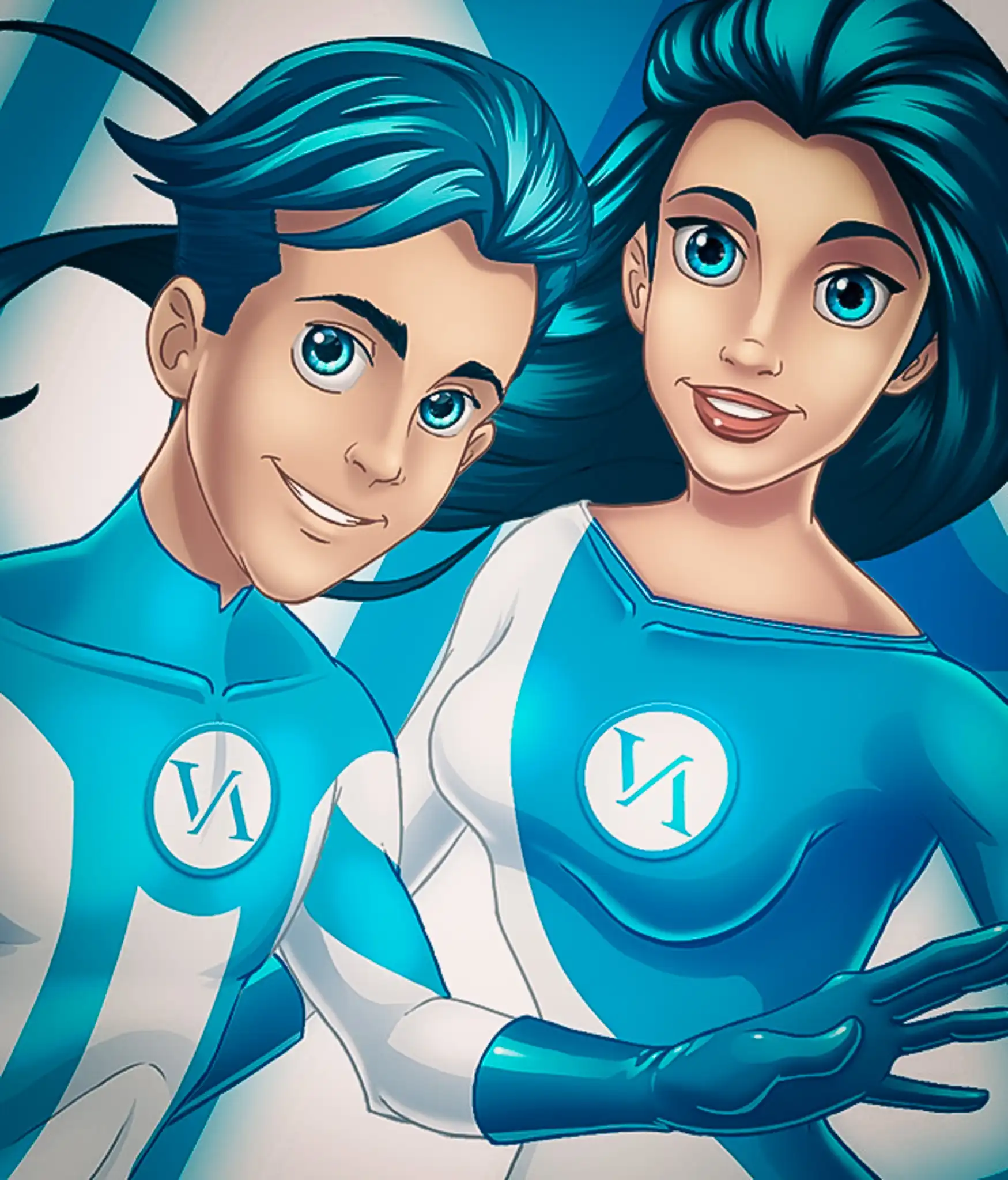 Image: Salome Artill (Motion Array)
Image: Salome Artill (Motion Array)
Author: VANAS Team
Why Concept Artists Continue to Be the Kings and Queens of Freedom
Table of Contents
- The Role of Concept Artists
- The Creative Freedom of Concept Art
- Why Studios Rely on Concept Artists
- From Imagination to Reality
- The Evolving Landscape
- Frequently Asked Questions
- Key Takeaways
The Role of Concept Artists
In the world of animation, video games, and film, concept artists are the visionaries. They imagine worlds, characters, and moods before a single frame is rendered or a model is built. Their sketches and paintings set the tone for entire projects, making them the kings and queens of creative freedom.
Concept artists are often the first to touch a project creatively. Their work is the spark that ignites the imagination of an entire team. Whether it’s a blockbuster movie, a AAA video game, or an indie animation, the journey from idea to finished product almost always begins with concept art. These artists are responsible for visualizing the unknown, giving shape to ideas that exist only in words or dreams. Their ability to translate abstract concepts into compelling visuals is what makes them so valuable—and so free.
The Creative Freedom of Concept Art
Concept artists are given a simple brief: “Imagine something amazing.” Unlike other roles, they aren’t bound by technical limitations or production constraints. Their job is to explore, invent, and push boundaries. Whether designing alien landscapes, fantasy creatures, or futuristic cities, concept artists have the freedom to let their imaginations run wild.
This freedom is why so many artists aspire to become concept artists. It’s a role where personal style, experimentation, and bold ideas are celebrated. Studios want fresh perspectives, and concept artists deliver.
The creative process for concept artists is often fluid and open-ended. They might start with rough sketches, mood boards, or color studies, exploring dozens of ideas before settling on a direction. Mistakes and wild experiments are not only allowed—they’re encouraged. This is the stage where anything is possible, and the only limits are the artist’s imagination and the project’s vision.
For example, in the development of a fantasy game, a concept artist might be asked to design a new race of creatures. They’ll research mythology, study animal anatomy, and experiment with shapes and colors until something unique emerges. In film, concept artists might visualize entire worlds, from dystopian cities to lush alien jungles, setting the mood and style for every scene that follows.
This freedom also extends to personal growth. Many concept artists use their professional work as a springboard for personal projects, developing their own worlds and stories. The skills and techniques they hone on the job often fuel their independent art, making concept art one of the most creatively rewarding careers in entertainment.
Why Studios Rely on Concept Artists
Before a project begins, studios need to visualize what’s possible. Concept artists provide that vision. Their work helps directors, producers, and teams align on a creative direction. A single piece of concept art can inspire an entire team and shape the look and feel of a project.
Studios rely on concept artists to:
Concept art is more than just pretty pictures—it’s a communication tool. Directors use concept art to pitch ideas to producers. Game designers use it to guide level design and gameplay mechanics. Marketing teams use it to create promotional materials that capture the spirit of a project. In many cases, concept art becomes the face of a project long before it’s released to the public.
The collaborative nature of concept art means that artists must be flexible and open to feedback. They work closely with writers, designers, and technical teams to ensure their visions are achievable. This back-and-forth process helps refine ideas and solve creative challenges early, saving time and resources down the line.
Some of the most iconic visuals in entertainment started as concept art. Think of the original designs for Star Wars, the worlds of Avatar, or the characters in The Legend of Zelda. These images didn’t just inspire teams—they inspired generations of fans.
From Imagination to Reality
While concept artists enjoy creative freedom, their work also serves as a blueprint. Once a concept is approved, other artists—modelers, animators, texture artists—bring it to life. The best concept art balances wild imagination with practical details, making it both inspiring and usable.
Translating concept art into finished assets is a team effort. Concept artists must consider how their designs will be built, animated, and lit. They often provide detailed callouts, material references, and turnaround sheets to guide production artists. This ensures that the final product stays true to the original vision while meeting technical requirements.
For aspiring concept artists, understanding the production pipeline is crucial. The more you know about modeling, animation, and rendering, the better you can design concepts that work in practice. Many successful concept artists have backgrounds in multiple disciplines, allowing them to bridge the gap between imagination and reality.
It’s also important to stay adaptable. Sometimes, a design that looks amazing on paper doesn’t work in 3D or animation. Concept artists must be willing to revise and iterate, collaborating with other departments to find solutions. This flexibility is part of what makes the role so dynamic—and so respected.
The Evolving Landscape
With new tools like digital painting software, VR sketching, and AI-assisted design, concept artists have more ways than ever to express themselves. Social media and online portfolios allow artists to share their work globally, build audiences, and collaborate across borders.
The demand for concept artists is growing in games, film, animation, and even advertising. As entertainment becomes more visual and immersive, the need for creative visionaries only increases.
Technology is changing the way concept artists work. Digital painting programs like Photoshop, Procreate, and Krita have replaced traditional media for many artists, allowing for faster iteration and easier collaboration. 3D tools like Blender and ZBrush let concept artists create models and environments that can be used directly in production.
Virtual reality and augmented reality are opening new frontiers. Artists can now sketch in 3D space, walk through their designs, and share immersive experiences with teams and audiences. AI-powered tools can generate references, suggest color palettes, and even help with repetitive tasks, freeing artists to focus on creativity.
The rise of online communities has also transformed the profession. Platforms like ArtStation, Behance, and Instagram allow concept artists to showcase their portfolios, connect with clients, and learn from peers around the world. Many artists find freelance work or build personal brands through their online presence, making concept art a truly global career.
Education is more accessible than ever. Online courses, tutorials, and mentorship programs help aspiring artists develop their skills and break into the industry. Schools like VANAS offer specialized training, connecting students with professionals and real-world projects.
Frequently Asked Questions
What skills do concept artists need?
Strong drawing and painting skills, imagination, storytelling, and the ability to communicate ideas visually.
Is concept art only for games and movies?
No! Concept artists work in animation, advertising, publishing, and more.
How do you become a concept artist?
Build a portfolio, learn digital tools, study design, and share your work online. Schools like VANAS offer specialized programs.
Do concept artists work alone?
They often collaborate with directors, writers, and other artists, but their role is uniquely creative.
What should be in a concept art portfolio? Show a range of work: characters, environments, props, and mood pieces. Include sketches, finished paintings, and process breakdowns. Demonstrate your ability to solve visual problems and tell stories through your art.
How important is style? Both versatility and a strong personal style are valuable. Studios may look for artists who can adapt to different projects, but a unique voice can help you stand out.
Can you work remotely as a concept artist? Absolutely. Many studios hire remote artists, and freelance opportunities are abundant. Building an online presence is key to finding work and connecting with clients.
What are common career paths for concept artists? Many start as junior artists or illustrators, then move into senior concept roles, art direction, or even world-building for their own projects. Some transition into teaching, mentoring, or running their own studios.
Key Takeaways
- Concept artists bridge the gap between imagination and production, making them essential to any creative team.
- The profession offers unmatched creative freedom, but also requires adaptability, collaboration, and technical understanding.
- With new technologies and global communities, concept artists have more opportunities than ever to share their vision and build rewarding careers.
- If you’re passionate about art, storytelling, and innovation, concept art is a path worth exploring.
Ready to unleash your imagination? VANAS Online Animation School offers programs for aspiring concept artists. Visit https://www.vanas.ca to start your journey!

